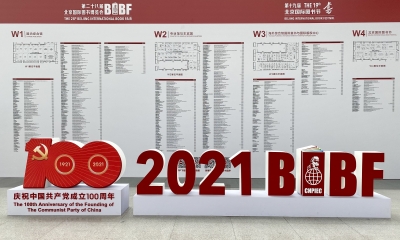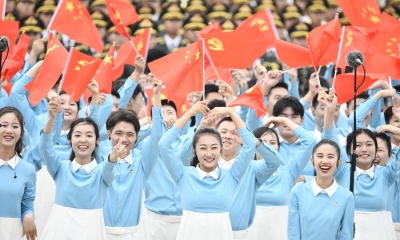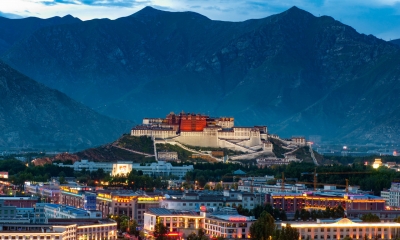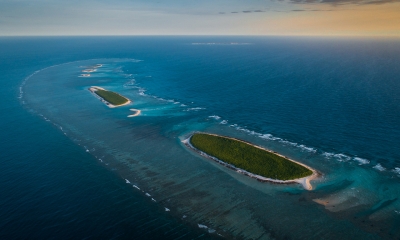George Floyd’s Death Reveals US Systematic Woes
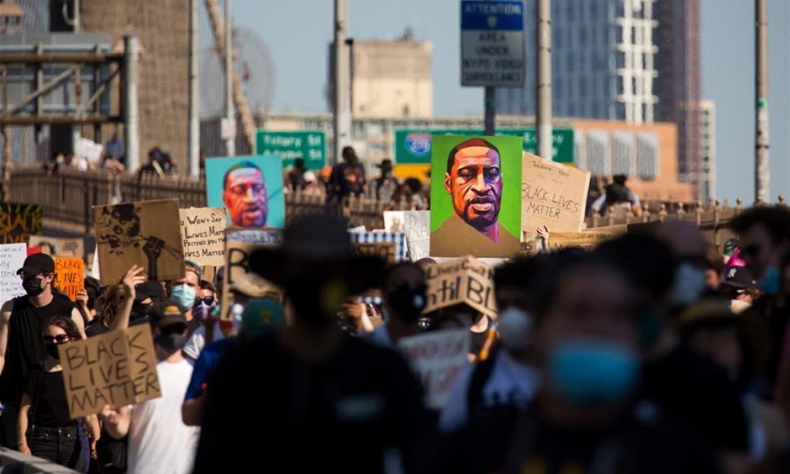
George Floyd’s death and the Black Lives Matter movement has held-up a mirror to American society and revealed a system of racial inequality, a two-tier justice system, and an inherent double standard.
The Black Lives Matter protest movement sweeping across the United States has cast light onto a vastly unjust justice system underpinned by systemic racism.
George Floyd, was just the latest in a long line of unarmed black men who have had their lives tragically and brutally taken by the hands of white police officers in America.
As the world watched Floyd take his last breath, desperately crying out “Please… Help me… I can’t breathe,” it triggered a wave of heartbreak and anger across America and beyond.
From Buenos Aires to Vancouver, Cape Town to Aukland, and in almost every major city in Western Europe, protesters gathered in their thousands to demand justice for George Floyd and equality for all people of color.
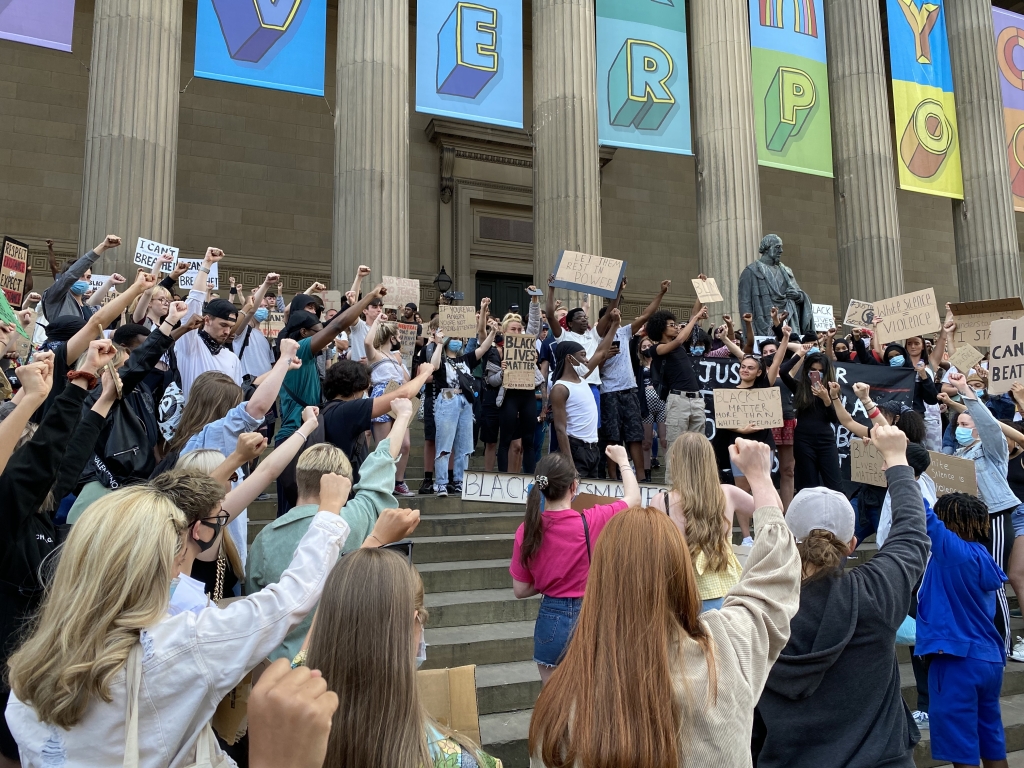
George Floyd’s death and the Black Lives Matter movement has effectively held a mirror up to American society and revealed a system of racial inequality, a two-tier justice system, and an inherent double standard.
Two-tier justice system
In America, black people are more likely than white people to be arrested. Once arrested, they are more likely to be convicted, and once convicted, they are more likely to receive lengthy prison sentences, according to a 2018 report to the United Nations on Racial Disparities in America.
On average, black men in the US are 5.9 times as likely to be incarcerated than white men; and their prison sentences are 19.1 percent longer than those of white men convicted for the same crime.
The Sentencing Project —a non-profit Washington-based organization working to reduce incarceration rates in America and address racial disparities in its criminal justice system — finds that, in not guaranteeing equality under the law, the US is in violation of the International Covenant on Civil and Political Rights.
“By creating and perpetuating policies that allow such racial disparities to exist in its criminal justice system, the United States is in violation of its obligations under Article 2 and Article 26 of the International Covenant on Civil and Political Rights which ensures that all its residents—regardless of race—are treated equally under the law.”
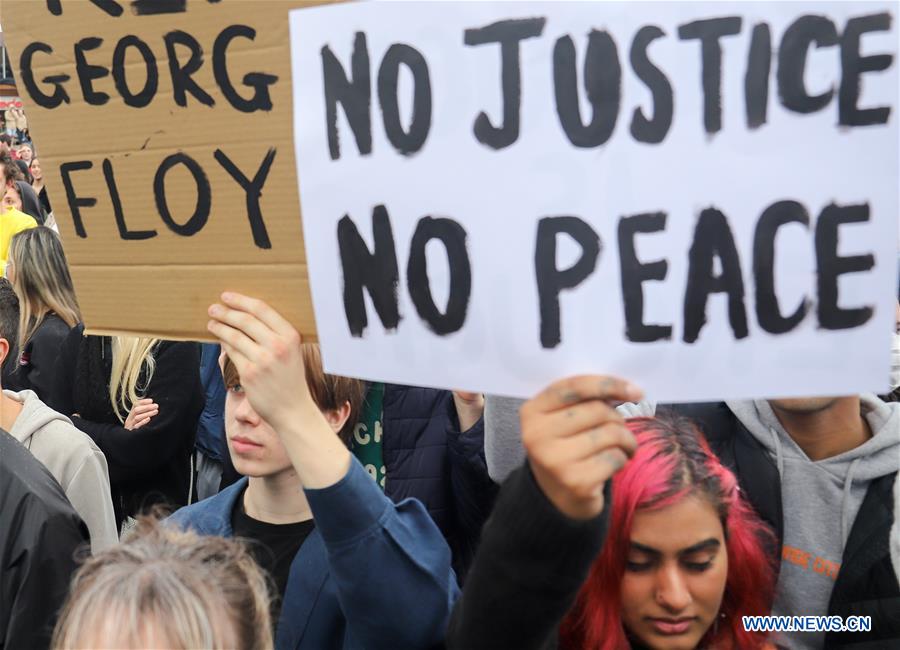
Police officers in America are more likely to use force against black citizens — and according to a 2016 study published in the American Journal of Health, black men are nearly three times more likely than white men to be killed by police intervention.
Another factor worth noting is the presence of black people in jury selections. A 2010 report by Equal Justice Initiative shows that the exclusion of black juries is a significant problem. In Houston County, Alabama, 80 percent of black Americans who qualified for jury service on death penalty cases were excluded.
“We see that the death penalty trials are infected from the beginning to the end with racial bias,” said Casandra Stubbs, director of the ACLU Capital Punishment Project.
“We know overwhelmingly that prosecutors are far more likely to seek the death penalty when the victim is white. White lives matter more when we actually look at how the death penalty is applied and that should be very, very troubling to us all,” Stubbs added.
Police brutality
In recognition of the widespread and long-running campaign of State violence against the black community, people of all races and color have taken to the streets across all America to demand change.
The protesters, though largely peaceful, have been met by a wave of police brutality.
In New York, two officers shoved a 75-year-old man to the ground resulting in him being hospitalized in a critical condition.
On at least two occasions, police vehicles have been used as a weapon. In New York, police rammed a group of protesters, while in Los Angeles, police drove their vehicle into protesters, briefly trapping them underneath the engine.
Police have repeatedly deployed tear gas to disperse peaceful crowds. The most widely shared incident took place on June 1 outside the White House so that Donald Trump could have his photo taken with a Bible outside a church.
Another favored tactic amongst riot-clad police is the use of rubber bullets. In LA, military veteran CJ Montano, who said he had his hands up, was shot in the head, hip, legs stomach and ribs. And in Texas, police are conducting an internal investigation after a pregnant woman was reportedly shot in the stomach.
Even journalists have not been immune.
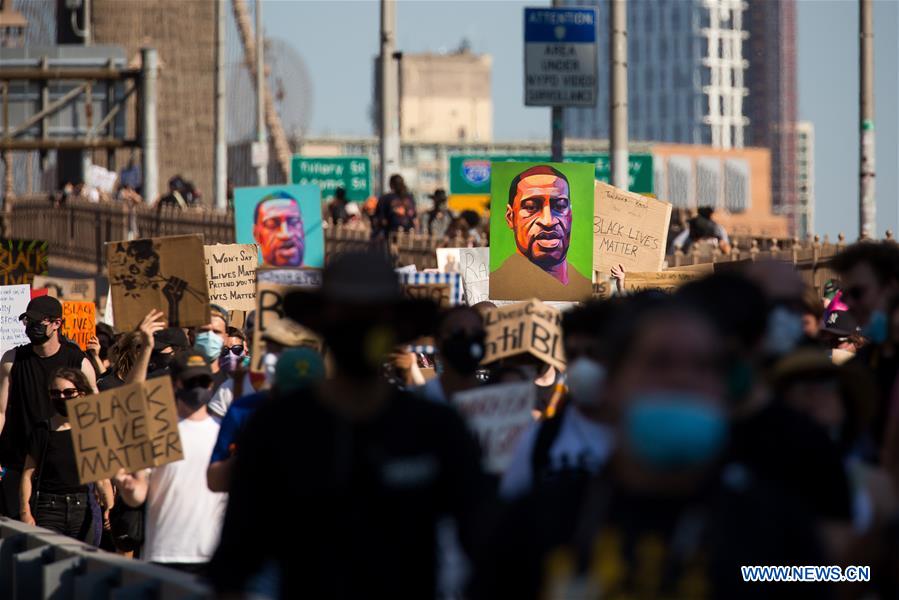
Journalists have been arrested, assaulted and beaten on numerous occasions. According to the Nieman Journalism Lab, police attacked journalists on “at least” 140 separate occasions in just the last four days of May. One journalist, 21-year-old Balin Brake, lost his left eye after a tear gas canister hit him in the face.
US Press Freedom Tracker, a non-profit project, says it is investigating more than 100 “press freedoms violations” at protests. The BBC report that “about 90 cases involve attacks.”
And Australian Prime Minister Scott Morrison has asked his embassy in Washington to investigate the use of force by police against an Australian news crew after footage emerged showing officers use their riot shields as a weapon against a journalist and his camera operator.
According to one tally by US media, a total of 13 deaths have been recorded since the protests began.
Double standards
The heavy-handed crackdown on protesters and complete disregard for American civil liberty, highlights what many in the international community label a “double standard.”
Critics argue that while the US is all-too-often eager to condemn other nations for human rights violations, yet remains blind to its own issues.
As Molly Montgomery, a former US foreign service officer whose postings included Afghanistan and Bosnia-Herzegovina noted; “Our diplomats are accustomed to expressing concern about other countries’ human rights violations. Today they’re being asked by foreign governments to explain our own.”
 Facebook
Facebook
 Twitter
Twitter
 Linkedin
Linkedin
 Google +
Google +




